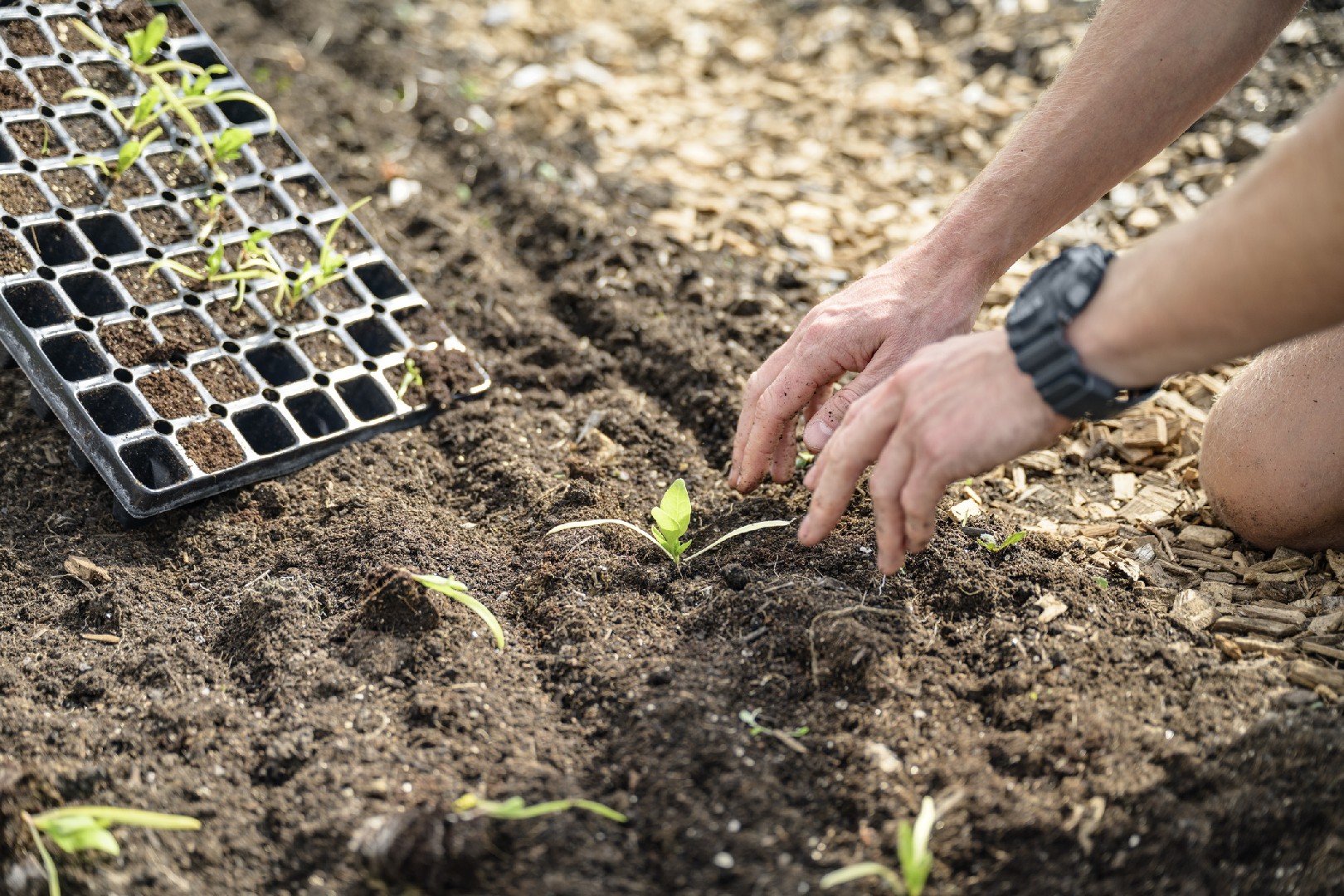![Rectangle]()
The Nitty-Gritty of Soil Amendment: What is It?
Soil amendment is a substance added to soil to improve its physical properties. It is a vital practice in gardening and agriculture that helps optimize soil fertility, water retention, and aeration. By understanding the nitty-gritty of soil amendment, you can enhance the health and productivity of your garden.
One of the key benefits of soil amendment is its ability to improve soil fertility. When the right amendments are added to the soil, they provide essential nutrients that plants need for healthy growth. For example, organic materials like compost and manure release nutrients slowly over time, ensuring a consistent supply for plants. Inorganic amendments such as lime or sulfur can be used to adjust the soil's pH levels, which is crucial for optimal nutrient uptake.
In addition to fertility, soil amendment also plays a crucial role in improving water retention. Sandy soils, for instance, drain water quickly, making it difficult for plants to access moisture. By adding organic matter like compost, you can increase the soil's water holding capacity. This allows plants to access water for a longer period, reducing the need for frequent irrigation and conserving water resources.
Furthermore, soil amendment improves soil aeration, which is essential for healthy root growth. Compacted soils, often found in urban gardens, can inhibit root penetration and restrict nutrient uptake. Adding materials like peat moss or perlite to the soil helps create airspaces, allowing roots to access oxygen and nutrients more efficiently. Improved aeration also promotes beneficial microbial activity, leading to healthier soil ecosystems.
To make the most out of soil amendment, consider employing different methods and techniques. Composting is an excellent way to recycle organic waste and create nutrient-rich amendments for your garden. You can start a compost pile using kitchen scraps, yard trimmings, and other organic materials. Vermicomposting, which involves using worms to break down organic matter, is another effective method.
Another technique to consider is cover cropping. Cover crops like clover, buckwheat, or hairy vetch can provide numerous benefits when turned into the soil. They add organic matter, fix nitrogen from the atmosphere, and improve soil structure. Additionally, crop rotation is a tried and true practice that helps prevent nutrient depletion and control pests and diseases.
In conclusion, soil amendment is a fundamental practice that allows you to unlock the secrets of fertile and productive gardens. By enriching the soil with amendments, you enhance fertility, improve water retention, and promote optimal root growth. Remember to employ various methods and techniques like composting, cover cropping, and crop rotation to maximize the benefits. Incorporate these practices into your gardening routine, and you'll see your plants thrive and your garden flourish.





